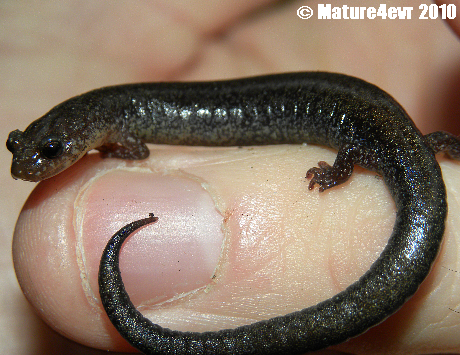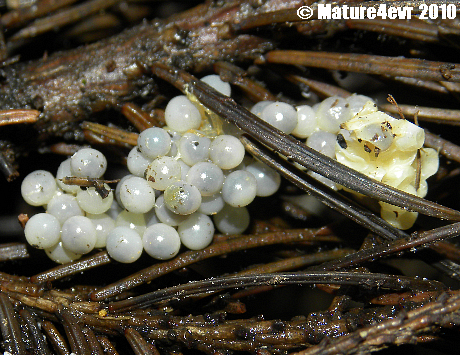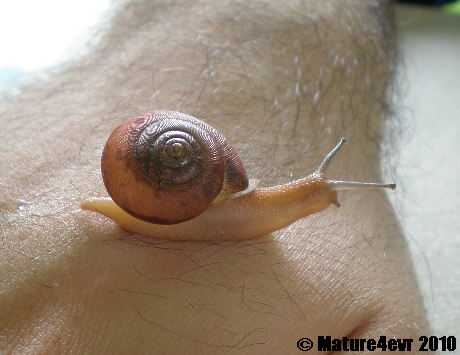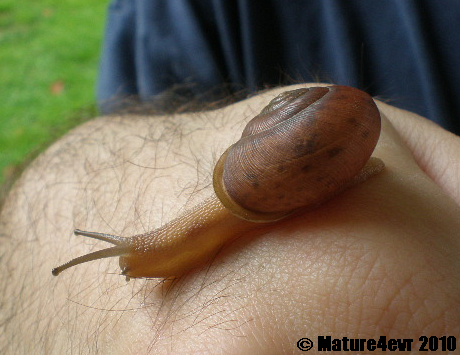Woodland Sights: The Inception
Before me, they tower: cascading hillsides of dense wilderness seemingly ascending into the stratosphere. Although I’m no stranger to this expanse of forest, the erratic, practically nonexistent footpath remains an obstacle with which to contend. To make matters worse, the terrain boasts numerous perils — some man-made, some natural — and shrubs of the poisonous persuasion. So, after carefully assessing the surroundings (lest I lose myself in a moment of blinding elation), I decided to throw caution to the wind and initiate the day’s survey.
Truth be told, I focused the majority of my investigation atop an outcrop no more than five minutes into the underbrush. Dampened vestiges of fallen logs littered the landscape, so I wasn’t surprised to discover the Redback Salamander (Plethodon cinereus). Redbacks are one variety of terrestrial amphibian common to the eastern sector of North America — a lowly lizard whose conservational standing plays a critical role in the longevity of woodland ecosystems throughout its native range. To the delicate balance of predator and prey, they’re neither the apex nor the bedrock, but a pivotal piece of what binds both extremes.
Though small (rarely in excess of three inches) and largely unimpressive, these lungless caudates possess two distinct bodily pigmentations; the most recognizable of the pair being that which sports the rust-colored dorsal stripe. Interestingly enough, the species’ designation, cinereus, references the ashen epidermis of the animal’s “leadback” phase as opposed to the characteristically banded morph. Under normal circumstances (ie. when erythristic mutations are absent from a given population), their underbellies are adorned with irregular grayish flecks.
Unlike the twofold makeup of most amphibious fauna, newborn plethodontids hatch as miniature replicas of their adult counterparts; they don’t undergo an aquatic larval stage. Upon emerging from their grape-like eggs, the young are independent unless permitted to forage in their mother’s territory due to unusually arid conditions. Even at such a tender point in their lives, visual intimidation is utilized to defend feeding grounds from unrelated individuals and unwelcome interlopers alike. In times of propitious moisture, redback salamanders consume substantial quantities of invertebrates (insects, spiders, centipedes, slugs, and earthworms), seizing them with a swift thrust of the tongue.
While walking amidst the heaps of substrate, I happened across this quiescent creature: the humble, otherworldly snail (presumably of the Helix genus). Desiring a closer look, I scooped up the aestivating gastropod who promptly awoke to probe the disturbance. As a curious collection of mismatched extremities, the anatomy of a snail is inexplicably peculiar in appearance. Most notable are the ommatophores: tiny, ball-shaped eyes affixed to a set of long, invaginable stalks. Employed in conjunction with the olfactory nodules, these tentacles assist snails in the navigation of their environment.
Occuring by manner of the foot, a successive series of muscular flexions — aided by the production of friction-diminishing mucus — impels these hermaphroditic critters. Frigid to the touch, this lubricating secretion is approximately 90% water and requires 70% of a snail’s nutritional intake to generate. Since gastropods routinely use their specialized phlegm for self-preservation, the metabolically expensive process is worth its weight in gold. In fact, outside the standard safeguard of sealing their shell’s aperture (or opening), snails have been observed erecting barriers of frothy spittle in hopes of avoiding certain death from predation.




